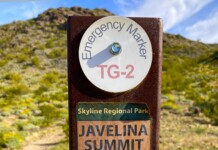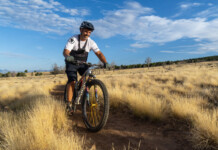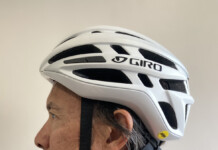By Tom Jow — When shopping for a new bike, it is easy to get caught up in the excitement of the latest and greatest. What’s that new suspension system and how much travel does it have? How many gears does that new electronic shifting set have? How many watts will that new aerodynamic wheelset save? Is the color of those grips going to match the bike? Are the grips going to “what?!”
I will freely admit that I selected the current grips on my bike because they match my bike. I will also admit that as someone that can tolerate a large amount of dysfunction on a bike that my hands are not happy all the time. To all you readers out there, if your hands hurt, it does not have to be this way.
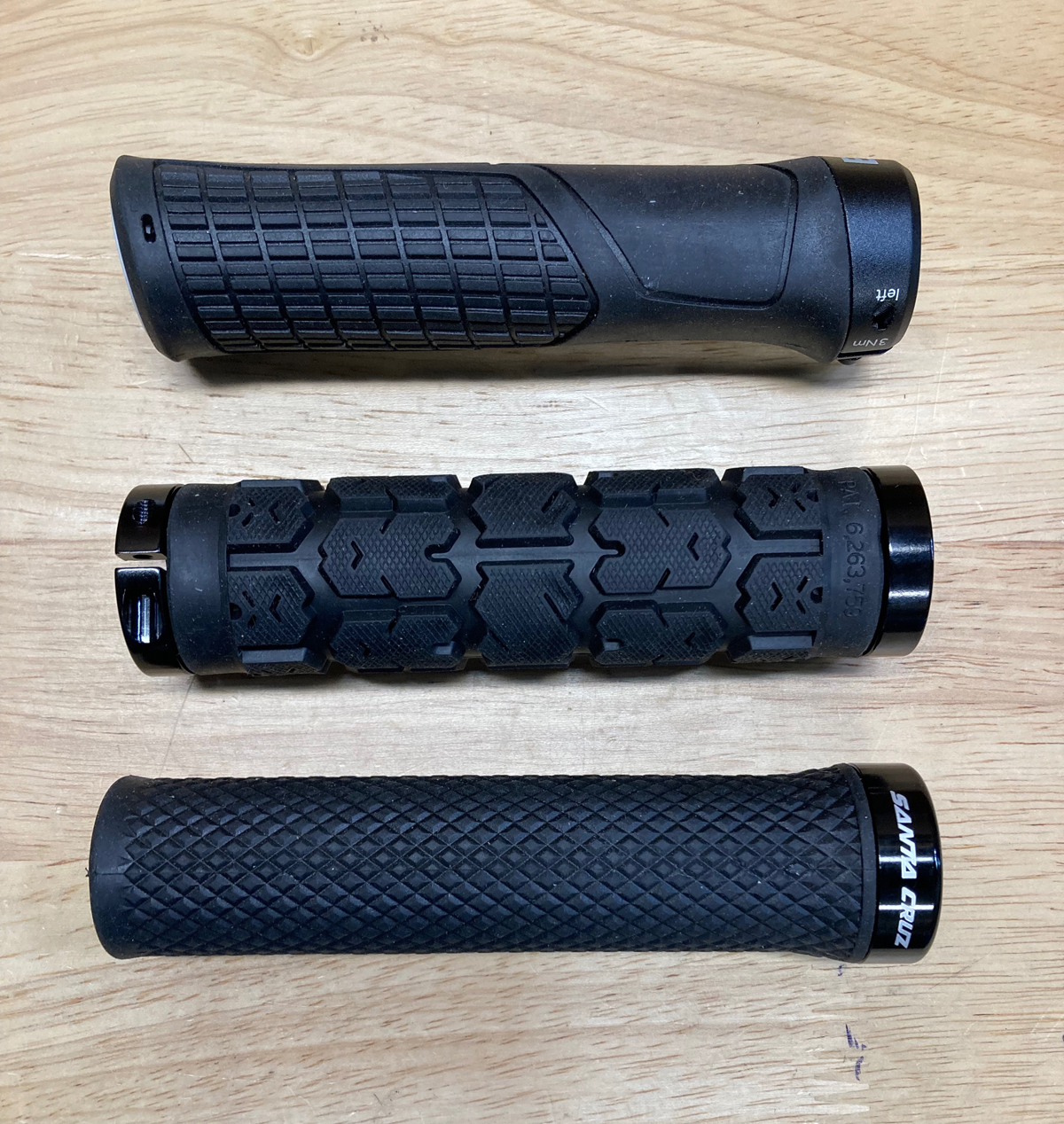
Selecting a pair of grips for more than just color, however, will be a little challenging. A visit to the Competitive Cyclist website shows sixty (sixty!) different grips. They come in different diameters, ranging from about thirty to thirty-four millimeters. Some have shape to them; bulge in the middle, tapered down from lateral to medial, flared with a platform on the outer end. There is a choice of material too; rubber or foam? With all these choices how is a person to choose?
If lightweight is the criteria, then foam grips are the lightest of all. As a material foam is also kind of cushy. The shock absorption of foam works well for many riders. Foam, however, may not work well for smaller hands due to the slightly larger diameter. In general, small hands tend to like small diameters.
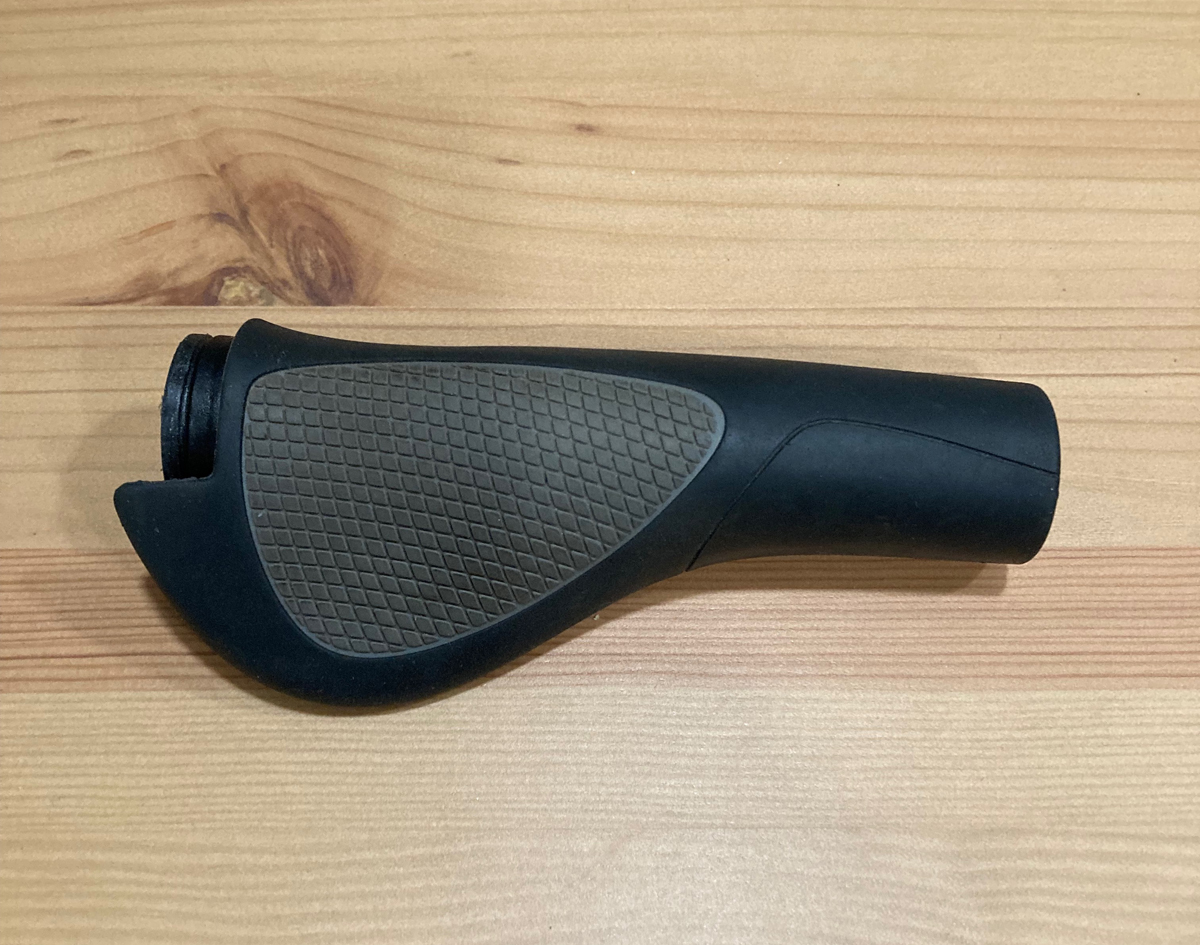
Having a little shape to the grips can be a good thing. A slight taper from the end or a small bulge in the middle can add some cushion without greatly increasing the diameter. A tapered end will also slightly change the angle of the wrist. Some riders may benefit from some support for the palm and wrist. For these riders there are grips with a platform on the outer end that can be adjusted to reduce strain on the wrist.
Unfortunately, the only way to find a pair of grips your hands will like is to try them out. There are no demo programs for grips, but friends can be a good source for recommendations. Also, with lock on grips they are easy enough to borrow from friends. Keep in mind there is also a “for better and for worse” concept in grip shopping; what works for one hour doesn’t necessarily work after three. So yes, there is a need to spend time testing grips but if it means more time on the bike then the better.
Got a bike question? Email Tom at runnerrunner.rider@gmail.com

